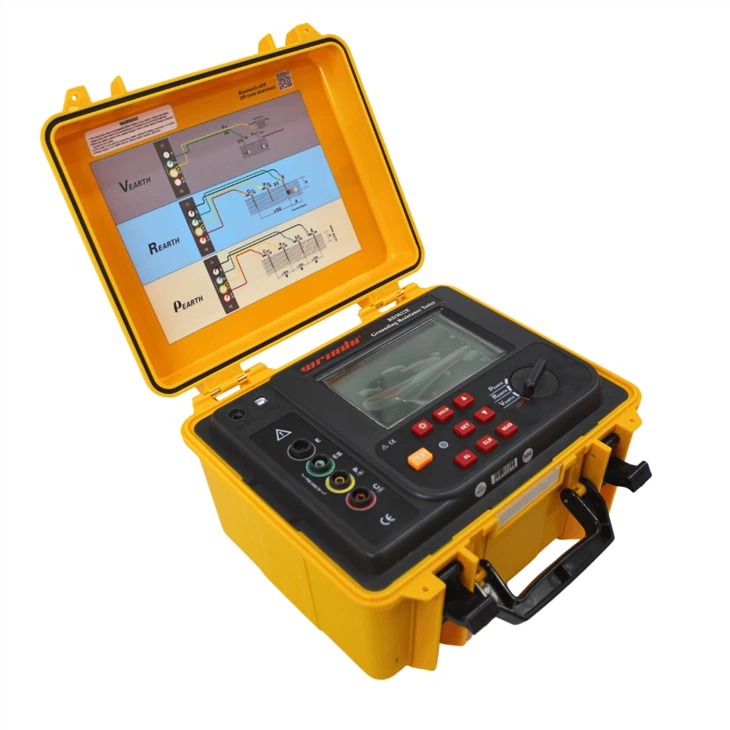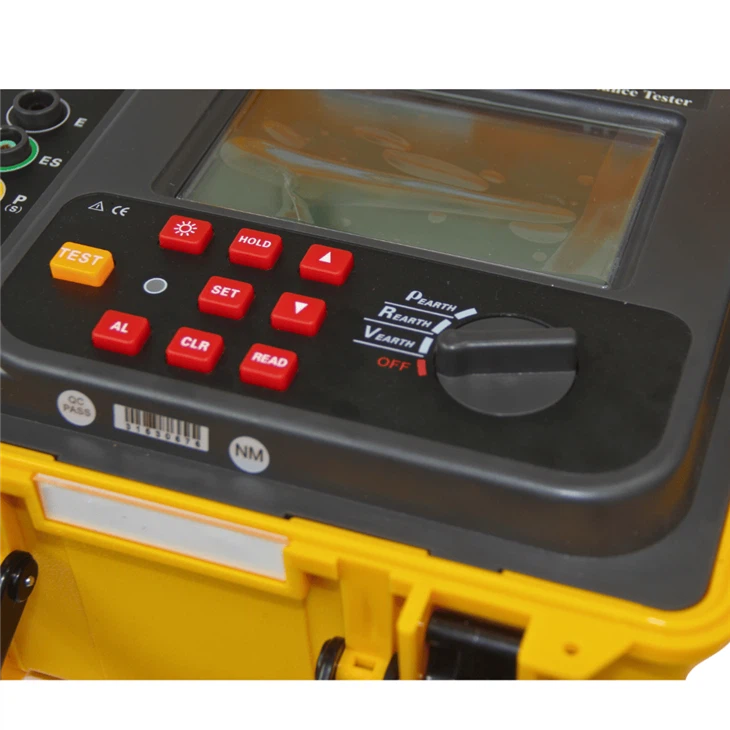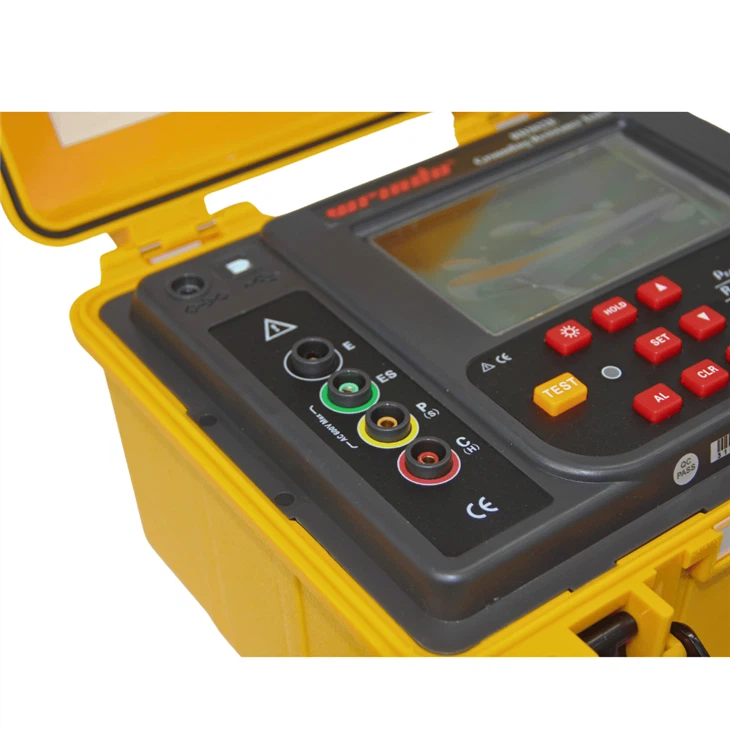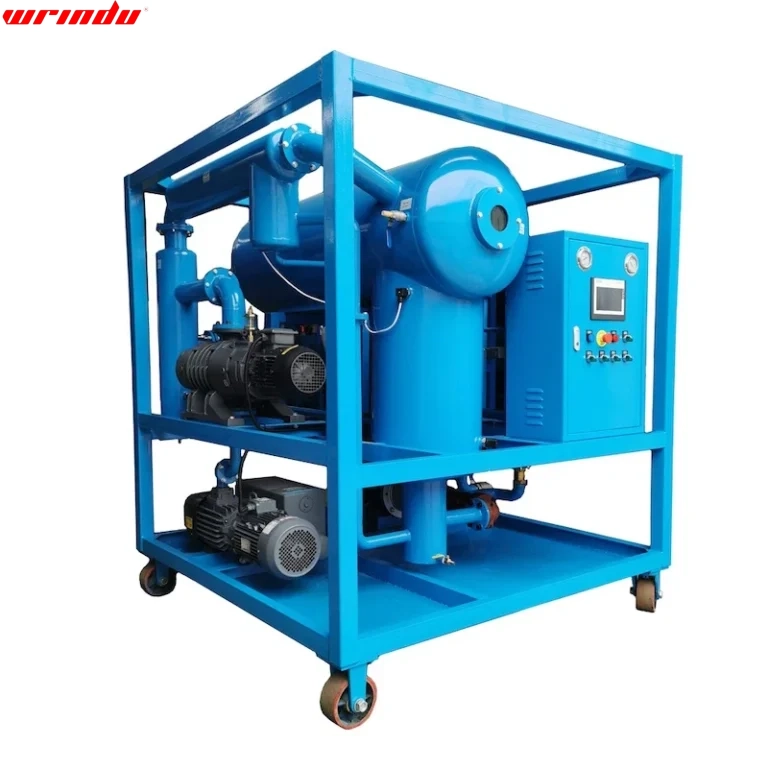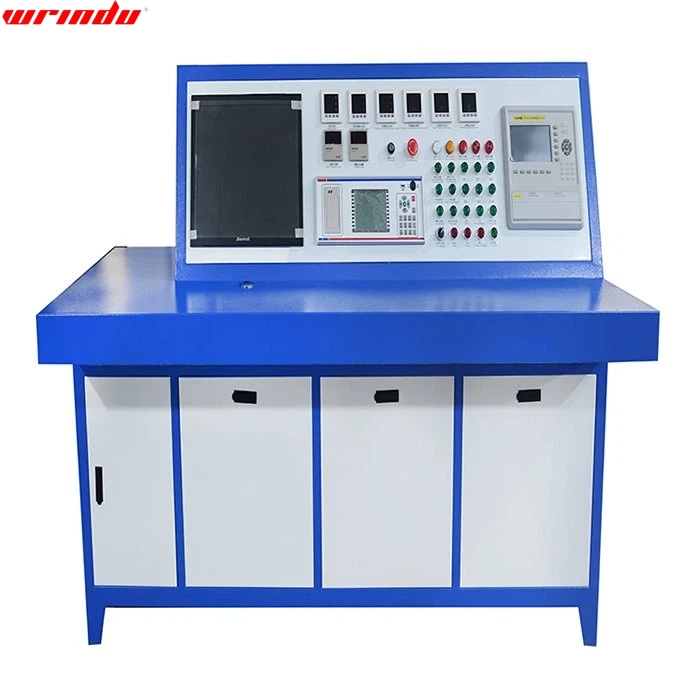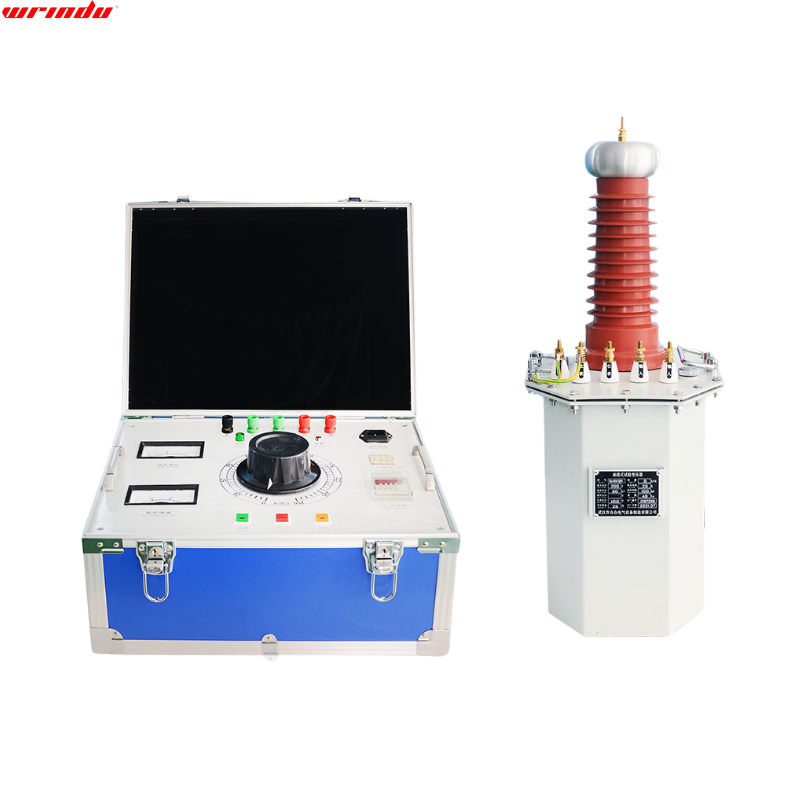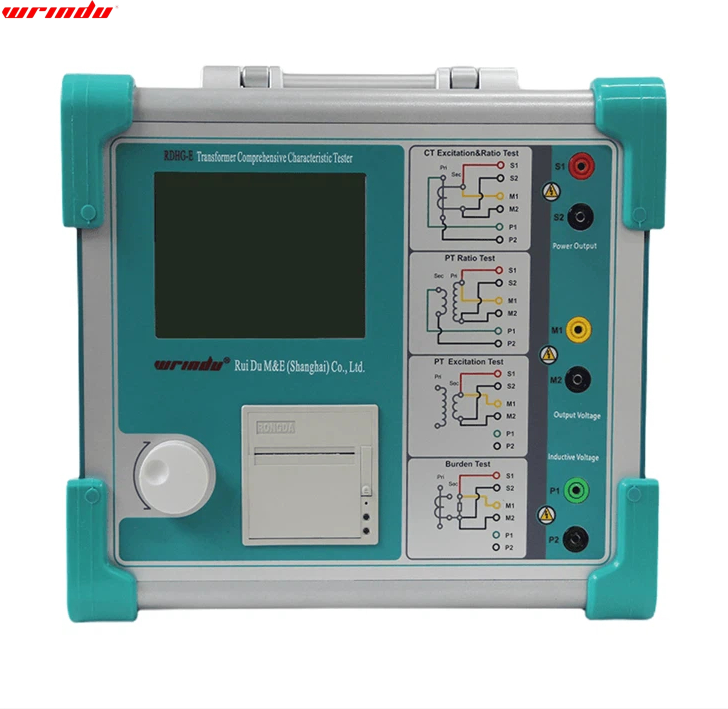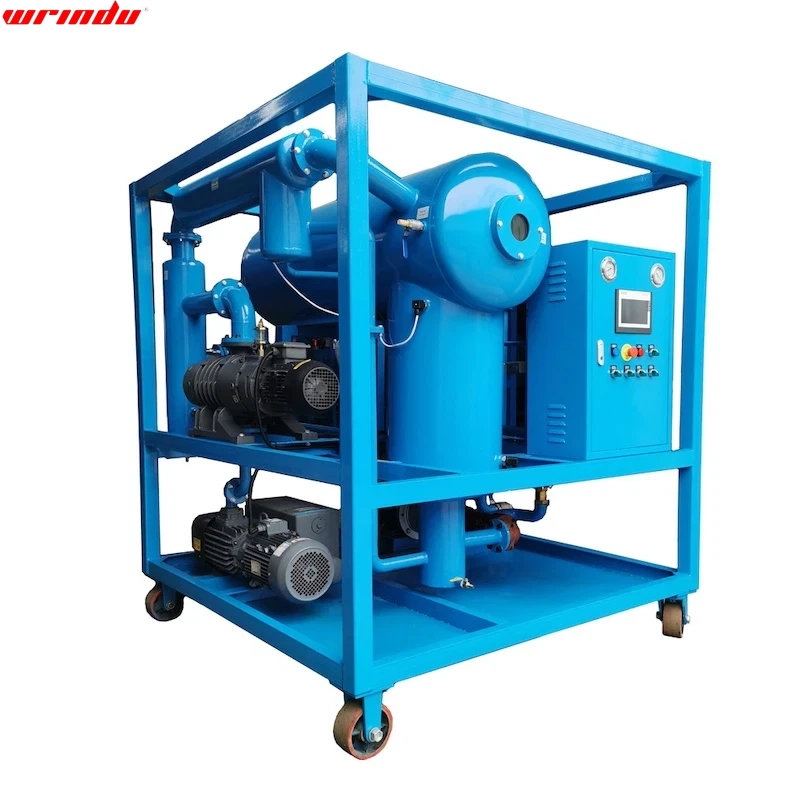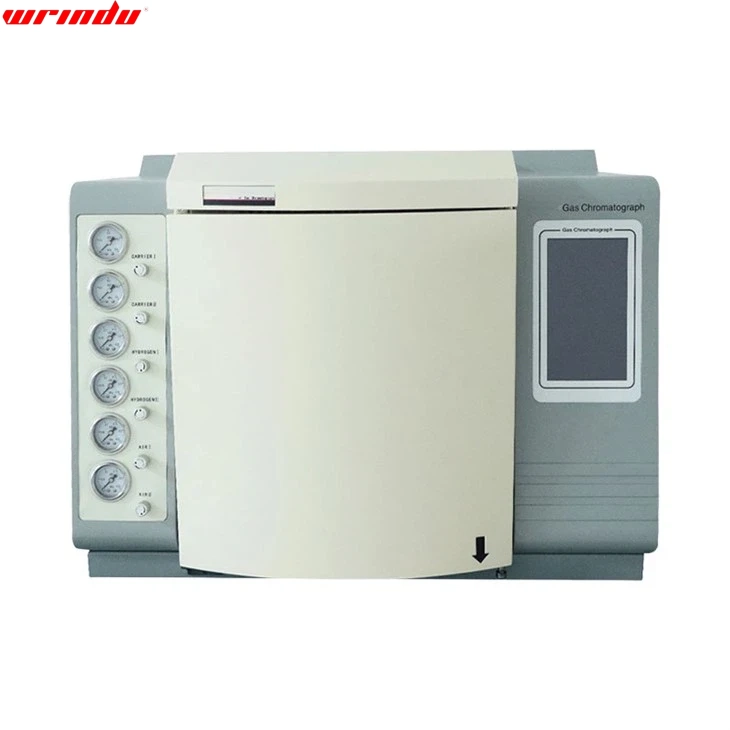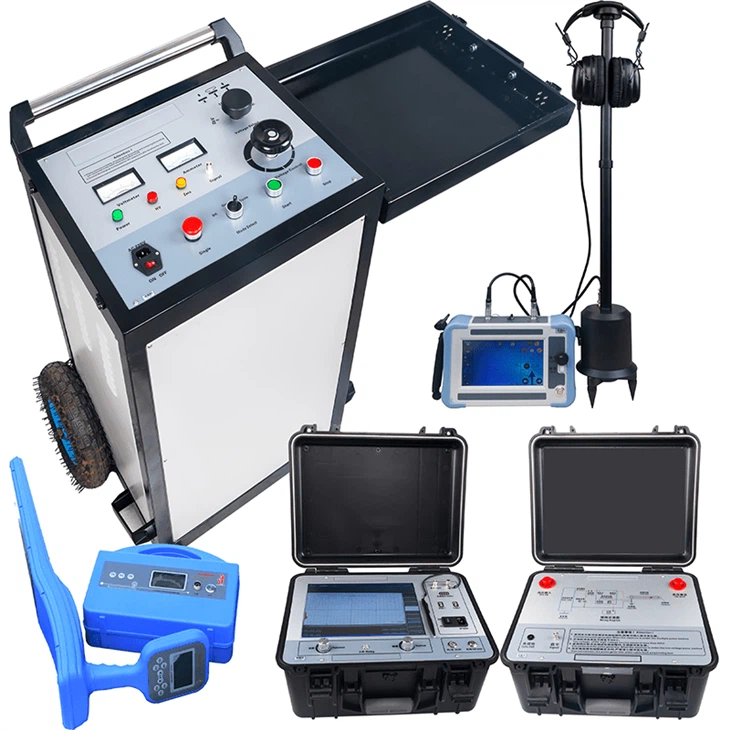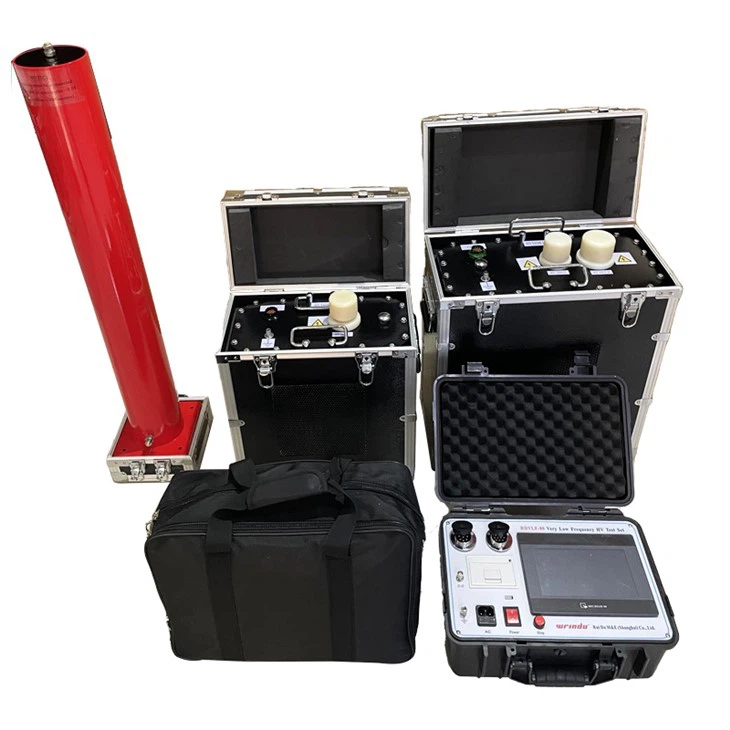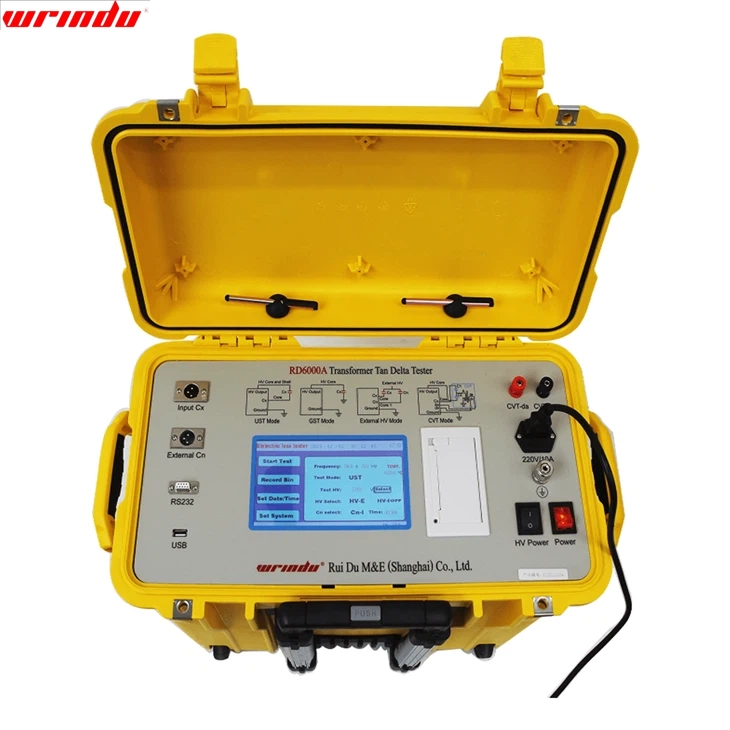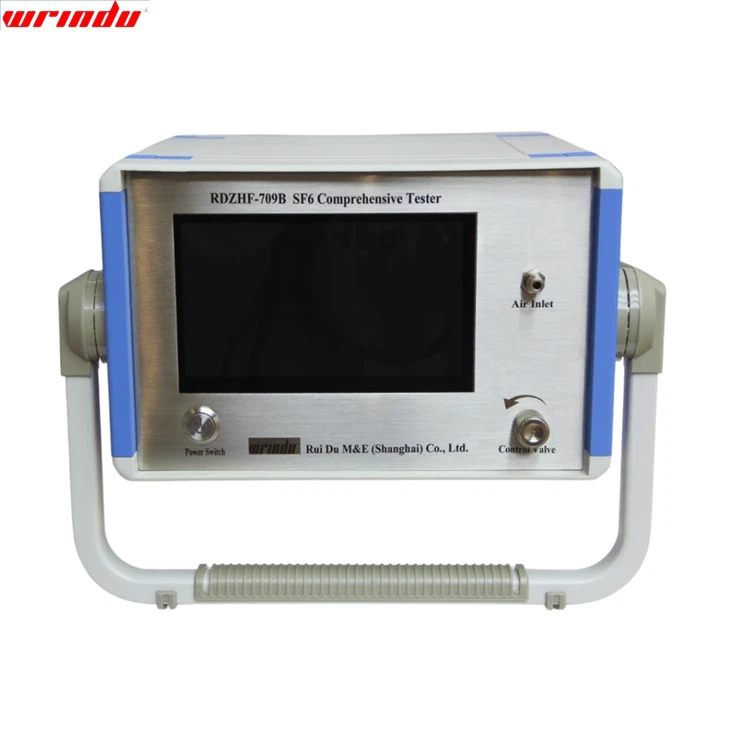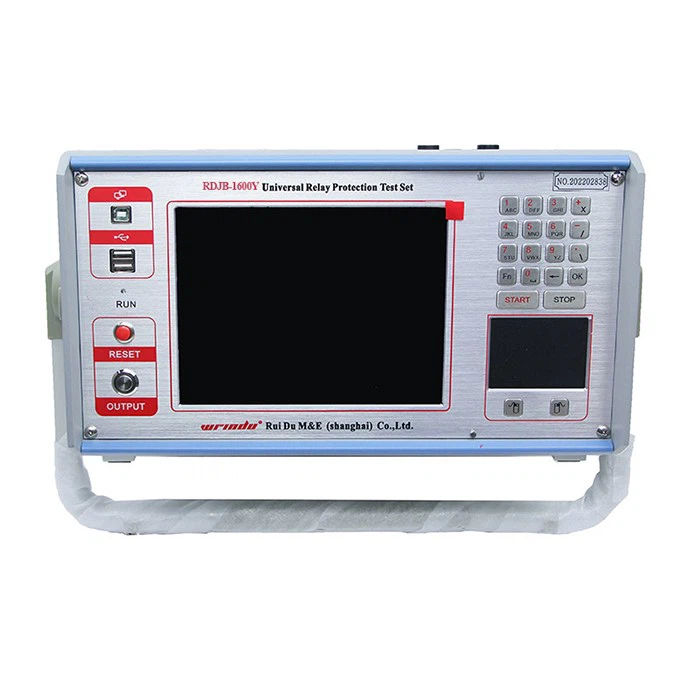OVERVIEW
The soil resistivity meter, which has high performance, has been specially developed for on-site measurement of ground resistance and soil resistivity. Advanced digitalisation and microprocessing technology support precise 4-wire methods, 3-wire methods, and simple 2-wire methods to measure ground resistance. Integrating FFT and AFC technology, it has strong anti-interference ability, excellent environmental adaptability, good consistency of repeated measurements, and high-precision, stable and reliable data. The housing is sturdy and durable, with IP65 protection level, anti-collision, anti-fall, and waterproof, which meets the harsh conditions of outdoor construction sites. It is widely used in ground resistance measurement in power, telecommunications, meteorology, construction, lightning protection and industrial electrical equipment, providing reliable on-site testing support for multiple industries.
CHARACTERISTIC
1. Equipped with a white backlit LCD with a bar graph indicator for clear data reading.
2. Up to 300 sets of data can be stored internally.
3. The soil resistivity meter Can measure ground resistance and soil resistivity at the same time.
4. Supports the reading and review of historical data for easy analysis and tracking.
5. The outer shell is designed as a waterproof protective box with anti-collision, anti-fall and waterproof performance, which is durable and convenient for on-site experiments.
For more information about grounding resistor products, please click More.
To request the latest quotes, please Contact Us.
FAQ
Q: What is the minimum earth resistance of 3000?
A: AS/NZS 3000:2007 mandates a minimum insulation resistance of 1 megaohm between live conductors and earth for low voltage wiring systems. For equipment with sheathed heating elements, like stoves and water heaters, the required insulation resistance is 10,000 ohms, ensuring electrical safety and performance.
Q: What is the IEEE standard for earthing resistance?
A: IEEE Std 80-1986 prescribes ground resistance limits: 5 ohms for distribution substations and 1 ohm for transmission substations. Adherence ensures effective grounding, prioritizing safety and system reliability. Engineers should consult the latest IEEE standards and local regulations for precise information.
Q: What is the maximum allowable earth resistance?
A:
1. Power Station: 0.5 ohms
2. EHT Sub-station: 1.0 ohms
3. 33 KV Stations: 2.0 ohms
4. D/t Structure: 5.0 ohms
5. Tower Foot Resistance: 10.0 ohms
These values ensure effective grounding for different electrical installations, aligning with safety and operational requirements.
Q: What is the soil resistivity test for grounding?
A: Soil resistivity testing is crucial for grounding design, assessing soil conductivity in ohm meters or ohm centimeters. This data is pivotal in creating effective electrical grounding systems, ensuring safety and proper functioning.





